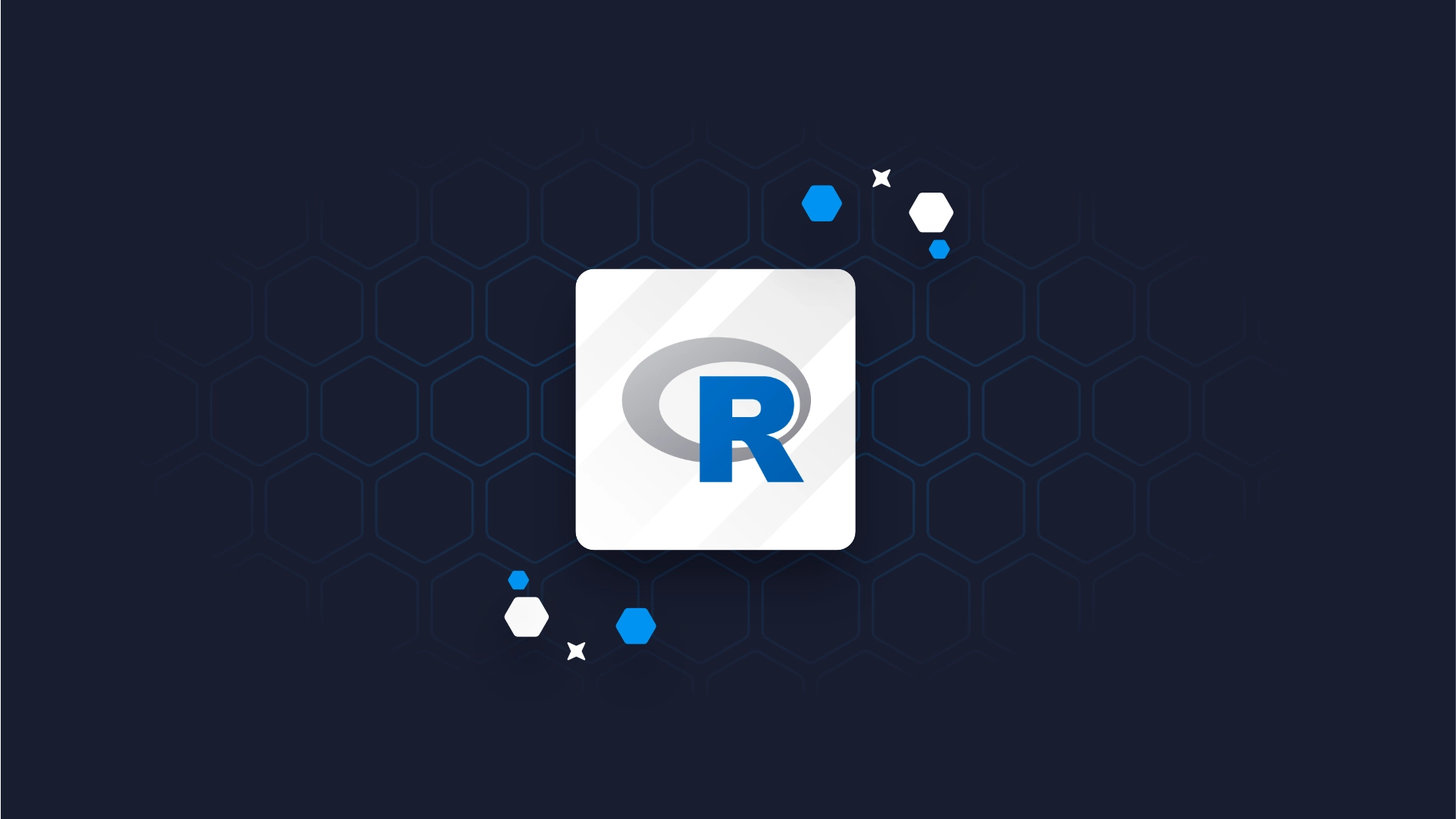
<strong>The price you paid for your plane ticket is not the same as the person sitting next to you.</strong> <hr /> You are probably aware of this. Given the time, most of us will research competing rates and try and find the best deal. Travel sites do this for you. What you’ve experienced is called Dynamic Pricing. We’re going to go over what it is, how it works, a few examples, and the data involved. <h2 id="what-is-it">What is it?</h2> Let’s take a trip to the past. You’ve come to the conclusion that it is time to buy an apartment or build a house. So what do you do? Get a loan. You gather all of your financial records, some recommendations from your neighbors and colleagues, and head down to the bank. You spend 20 minutes talking to the banker trying to build rapport to establish your creditworthiness and ability to pay back the loan. As an outstanding member of society with a good job and no blemishes on your record, you expect to be approved without any issue. But you are rejected. And there is a big chance that you jeopardized your chances before opening your mouth. But how? Your shoes! There was an unwritten rule in banking, that <strong>if you wanted to judge a client’s wealth, just look at his shoes.</strong> You were unaware. You forgot to polish your shoes and even trudged through the mud on your way through town. Before data-driven decision-making, we only had contact with dynamic pricing based on the seller’s emotions and intuition. The bank determined that they would not make money on you, and decided that the risk was too high. Stereotyping of this sort can be identified as ‘click, whir’ behavior. This involves taking mental shortcuts when making a decision and eschewing complete analysis. Read more on this in Cialdini’s book <a href="https://www.goodreads.com/book/show/28815.Influence" target="_blank" rel="noopener noreferrer">Influence: The Psychology of Persuasion</a>. <strong>Dynamic pricing is a method of maximizing profit margins by basing prices on the customer’s propensity to pay, taking into account a gamut of data points.</strong> There is not a single way to go about this, but rather, a realm of possibilities that can be considered depending on the industry, data, and desired results. Industries include travel, entertainment, hospitality, retail, and even finance. You can find applications in many more industries. These are all examples where demand can be actively monitored, correlated with historical data, and used to increase margins. Prices change according to demand, but also according to predicted demand. AI, or more precisely, machine learning is used for the most advanced cases. From an economics perspective, this is a simple concept. Think back to Econ 101; what was the first thing the Professor presented? It was probably Supply and Demand. The basic premise is that price is determined by the market. More precisely, competing forces find a balance between consumers’ willingness to pay and the supplier’s efficiency in providing goods and services. Both parties should feel satisfied with the price. Theory, however, can only tell you so much about reality. The supply and demand curve shows that an increase in price, hold for Veblen goods, results in decreased demand. There are still clients at this higher rate. Calculating the chances a buyer will forego a purchase because of a rate increase allows sellers to adapt the price to each individual customer. After all, businesses want to maximize their profits. Appsilon has worked on projects like this, namely for B2B clients. A particular application that stands out was for a very large equipment manufacturer. Prices were based not only on the client’s history but also the order size and the predicted lifetime value. <h2 id="transcending-time">Transcending time</h2> You may have recently purchased a new vehicle. Unless it was a Tesla, you negotiated on the price. This is a prime example of price elasticity, where both parties actively find a price equilibrium. Both sides want to come to a price that benefits them. The salesman knows how much the car must go for in order to make a profit. An educated buyer can see the MSRP (Manufacturer’s Suggested Retail Price) on the window but also knows what the average price paid was. After some back and forth, a price is found that satisfies everyone. This has been going on for decades, but online shopping looks different than it did ten years ago. The quote you see on a vehicle or advertisement varies widely. You are no longer a hard-working engineer who was marginalized because they walked through a puddle. <strong>Today, the price you are quoted is based on data such as your willingness to pay, your preferences, financial status, and more.</strong> <h2 id="but-how">But how…?</h2> The advent of social media has led to an increase in attention directed at oneself. Millennials have even been called the ‘Me’ generation. Customers, young and old, have begun to expect highly personalized experiences. Advertisers have been trying to find out who their material is being shown to they could measure retention and ROI (Return on Investment). Billboards target a certain region, taking into account the traffic that drives by this. You can intuitively understand that unless you are selling a utility or public service, this approach brings little more than empty talk. Internet advertisers, especially those who use social networks in combination with their data, can create user segments made of 1. <strong>You are your own segment.</strong> Your preferences, likes, desires, behavior, and socioeconomic information are used to create a refined profile. You are shown products that reflect your needs and wants and not those of your neighbor. Being offered a product that you actually want is nice. You’ll even be pleasantly surprised sometimes. It is only logical to take the data collected and apply it to prices. Herein lies the secret sauce of dynamic pricing. Machine learning (and deep learning) or AI, as portrayed in the media, is only as useful as the data it feeds on. As such, fine-grained data make for refined insights. Such data can be used to train a model that helps fill in the missing information or behavior of customers who are less active on social media. Online shopping has never been the same. Not only are the product recommendations personalized just to your liking but also the prices. Customers and businesses rejoice. Everyone gets what they want. <h2 id="tell-me-about-the-data">Tell me about the data</h2> AI works by leveraging large data sets to train models. Training is the process of feeding examples of the outcome we would like until the model begins to recognize it. This is done by varying the statistical weights. Neural networks are frequently used among other methods, such as tree-based and gradient boosting approaches. They are essentially layers of abstraction that are useful for a few reasons. They can speed up the processing of large data sets by representing data as an abstraction. They can be trained to learn based on experience and update themselves over time. There are ways to add algorithmic memory to include context in our process. There are three main fields where all of this takes place: data science, machine learning, and deep learning. Data science encompasses the other two, as well many other statistical and analytic methods. Deep learning is a specific subset of machine learning that is currently the most popular method in image, speech, and text recognition, as it has surpassed human-level performance in a multum of tasks. <h2 id="makes-sense-but-why">Makes sense, but why?</h2> Why would a company charge you more? Well, for starters, because you can afford it. There is a maximum price we will pay for a given product. It varies based on the time and place, but also on our needs and recent, desires. Another reason for such changes in price, namely discounted prices, is to increase customer retention and loyalty. Lastly, certain businesses have sunk costs that they would rather cove. It’s better not to lose money than to make money. <strong>Let us know if you think your business could benefit from dynamic pricing and make sure you aren’t leaving money on the table. </strong>
Contact us!




.png)

